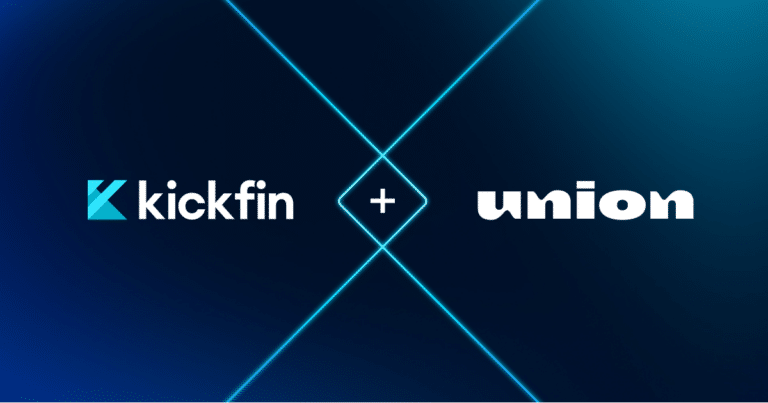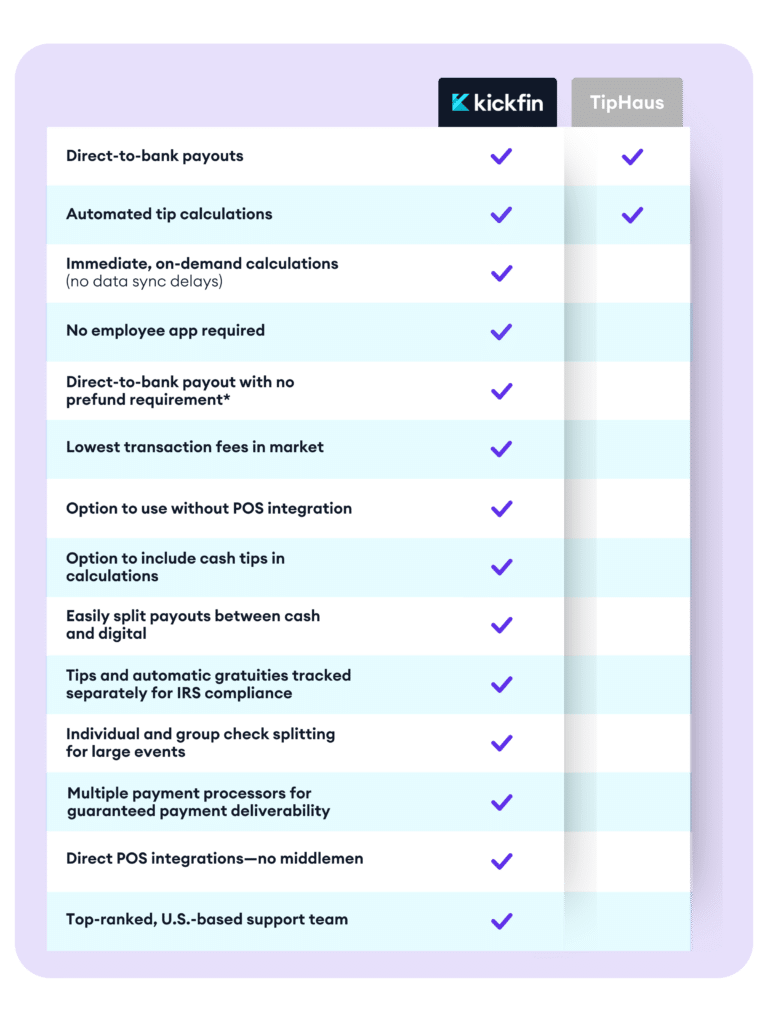Tax season is here — and like many U.S. employees come springtime, you’re probably feeling the pressure. Soon, you’ll be sitting in front of your computer wondering just how much you’ll owe to the government … and maybe even worrying that you’ll get audited.
No one likes doing their taxes, but for servers, bartenders, and other service industry workers, your tipped income can make things even more complicated. Here’s how to survive tax season as a tipped employee.
Stay on top of your tip reporting
Tip reporting is a year-round job. Well before tax season comes around, make sure you know how to properly report your tips.
If you make more than $20 a month in tips, the government needs to know. According to the IRS, it’s your responsibility to report your tip income to your employer, who then reports those tips to the IRS. By the 10th of each month, you should hand over a detailed report with the total tips you received for the prior month.
We know what you’re thinking: Do you really have to report cash tips?
Sure, it would be great if all of those cash tips were just money in your pocket — but failing to report all of your tips could cost you even more. If you’re audited, you could be on the hook for 20% more of your income.
Technology is also making it easier for the IRS to sniff out under-reported tips. Under a new proposal called SITCA, the IRS would have access to POS data that includes sales, credit card tips, and hours worked. And while cash tips will still be reported through an honor system, the IRS will have a much easier time proving unreported income.
We’d rather be safe than sorry — so make sure your tip reports are as accurate as possible each month.
Get to know your W-2 (and other tax forms)
Once your employer sends out your W-2 for the year, you’re ready to get to work on your taxes.
Thoroughly check your W-2 to make sure the information is accurate — especially if your restaurant pools tips. You should only pay taxes on income that you actually realized, not all the tips that were distributed among your coworkers.
Most likely, you’ll be filing with a form 1040 — but which one? Depending on your filing status, yearly income, and your deductions, you can use a 1040 long-form, 1040A, or the 1040EZ. Get familiar with what each tax form allows, and use the one that will allow you the largest possible return (or the lowest possible liability).
Take advantage of write-offs
Think of all the small things you have to buy for your job. For example:
- Do you have to buy work-specific clothing or uniforms, like branded polos or khakis?
- What about work-appropriate footwear that — while not exactly a fashion statement — keep you safe on slick restaurant floors?
- Or did you pay out-of-pocket for a training course on alcohol or food safety?
While these might not be big-ticket items, they all add up and help to reduce your taxable income.
But don’t forget to keep a paper trail: Make sure to ask your employer for a receipt when you’re buying uniforms, and keep thorough records of other items you’ve purchased specifically for work.
(Also, take a closer look at your restaurant’s credit card processing fee policy. If you live in a state where your employer can deduct credit card processing fees from your tips, you may be able to write those off too!)
Be prepared for your tax liability
How many zero-dollar paychecks did you open last year? Like most service industry workers, your hourly wage likely went toward your income tax liability from your tips. And unfortunately, the hourly minimum wage for servers probably doesn’t cover the whole tax bill.
Instead of wiping out your savings account to pay your taxes, start planning for your tax liability a year in advance. After each week (or even each shift) set aside about 15% of your tips, so when you see what you owe the IRS, it doesn’t leave you scrambling. And if you happen to have anything left over — treat yourself!
Make reporting a breeze with Kickfin
When restaurant teams sign up for Kickfin, tip tracking is a cinch. Refer your restaurant employer or request a demo today!






